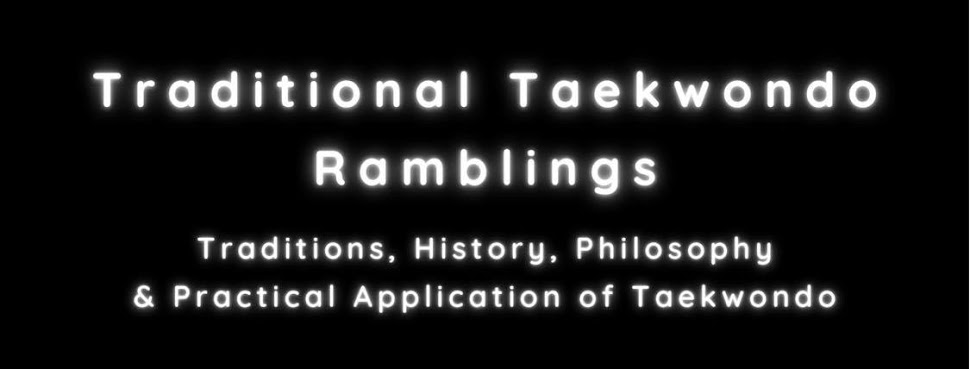 Last time I said I would share how to explain "chambers" to students in a combative way, and in this
Last time I said I would share how to explain "chambers" to students in a combative way, and in this post we will be looking at that. In our previous posts I have given practical applications to a multitude of basic techniques, and if you have not already read these posts I would recommend that you read them in the order they came out. Below is direct links to the other posts in this series as well as a short comment on what technique we looked closer on.
Part 1 which you can find here, which focuses on Arae Makki, Part 2 which you can find here which focuses on Momtong An Makki, Part 3 which you can find here focusing on Eulgeul Makki, and Part 4 which you can find here that focuses on the spear hand strike, Part 5, which focuses on the knife hand guarding block and Part 6 focusing on the inward knife hand strike, Part 7 that lookesd at the outward block can be found here. Part 8 which you can find here, it focuses on the Oe Santeul Makki (one high and low block at same time from Taegeuk Pal Jang) Since I have already given applications to those techniques, I thought I should explain chambers for a couple of techniques that we have not looked at yet. This time we are looking at the chamber for Deung Jomeok Ap Chigi (back fist strike to the front) and Deung Jomeok Bakkat Chigi (Back first outward strike). The reason why I share these two is that if you explain these two chambers it "unlocks" a whole host of techniques using the same chamber but using a different striking surface. The outward knife hand strike that you will see in Horse Stance in Hansu Poomsae looks very different from the Outward Back Fist Strike in Taegeuk Chil Jang. The usage of stances is different so they are variations on a common theme, but the chamber for both technique is identical and esures more than a little overlap in my own opinion. This is one example of how teaching someone one application can open up doors to other applications in other Poomsae if the underlying principles are understood.
